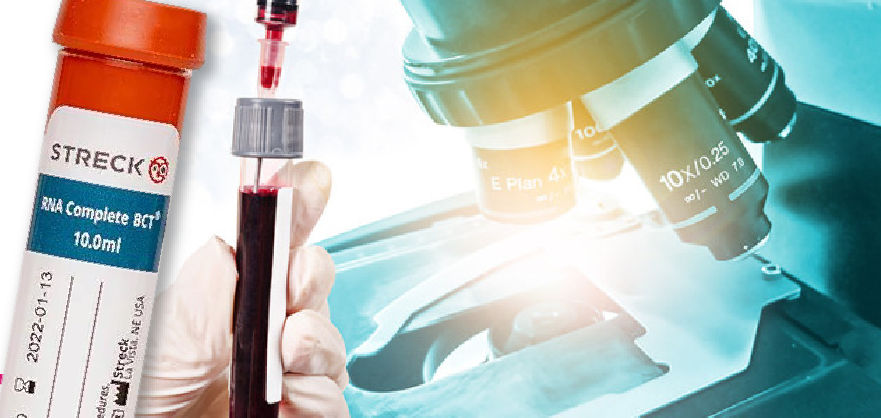High-level MYCN amplification (MNA) is associated with poor outcome and unfavorable clinical and biological features in patients with neuroblastoma. Actual knowledge regarding these associations in patients with low-level MYCN copy number increases is less known.
In a retrospective study, the authors classified patients has having tumors with MYCN wild-type tumors, MYCN gain (2-4-fold increase in MYCN signal compared with the reference probe), or MNA (>4-fold increase). Tests of trend were used to investigate ordered associations between MYCN copy number category and features of interest. Log-rank tests and Cox models compared event-free survival and overall survival by subgroup.
Among 4672 patients, 3694 (79.1%) had MYCN wild-type tumors, 133 (2.8%) had MYCN gain, and 845 (18.1%) had MNA. For each clinical/biological feature, the percentage of patients with an unfavorable feature was lowest in the MYCN wild-type category, intermediate in the MYCN gain category, and highest in the MNA category (P<.0001), except for 11q aberration, for which the highest rates were in the MYCN gain category. Patients with MYCN gain had inferior event-free survival and overall survival compared with those with MYCN wild-type. Among patients with high-risk disease, MYCN gain was associated with the lowest response rate after chemotherapy. Patients with non-stage 4 disease (according to the International Neuroblastoma Staging System) and patients with non-high-risk disease with MYCN gain had a significantly increased risk for death, a finding confirmed on multivariable testing.
Increasing MYCN copy number is associated with an increasingly higher rate of unfavorable clinical/biological features, with 11q aberration being an exception. Patients with MYCN gain appear to have inferior outcomes, especially in otherwise more favorable groups.


